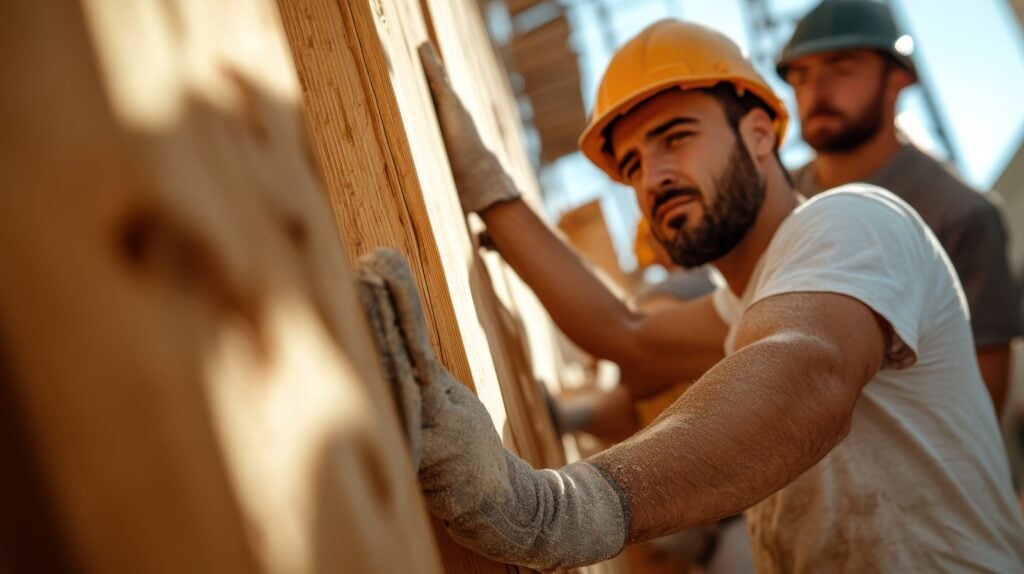Good housekeeping isn’t just about keeping things neat, it’s about keeping people safe. Messy workspaces don’t just look bad, they can seriously hurt someone. Let’s break down how cleaning up can save time, money, and maybe even a trip to the ER.
That clutter might be sabotaging your safety.
Cluttered walkways and bad storage habits are more than annoying, they’re accident magnets. In this guide, we’ll cover:
- How to spot sneaky housekeeping hazards
- Ways to prevent slips, trips, and full-blown wipeouts
- Safe handling of equipment and chemicals
- Checklist power for keeping things in check
Let’s dig into the grime.
Mess equals mayhem, so let’s clean up our act.
Preventing Slips, Trips, and Falls
- Wipe up spills like your job depends on it (because it might).
- Keep exits, stairwells, and paths clearer than your boss’s inbox.
- Patch up cracked floors before they patch up someone else.
- Ladders beat wobbly chairs every time. Reach smart.
Avoiding Falling Object Risks
- Secure anything stored at height, especially tools with a vendetta.
- Add railings or barriers to keep stuff where it belongs.
- Store heavy gear low so gravity doesn’t make a fool of you.
Fire and Chemical Safety
- Keep flammables far from heat like it’s a bad ex.
- Fire exits and extinguishers should never be blocked, ever.
- Contain chemicals properly and follow those SDS rules like your life depends on it.
Small habits add up, especially when safety’s on the line.
It’s the little things that help avoid big disasters.
Using Tools and Equipment Safely
- Inspect tools before use. Broken stuff breaks more than just the job.
- Put tools back where they belong. Chaos has no place on your shelf.
Wearing the Right PPE
- Suit up for the job. Chemicals, sharp stuff, falling junk, gear up accordingly.
- If it’s busted, toss it. Damaged PPE is just cosplay.
Communicating Hazards
- Use warning signs like giant arrows that say “don’t be dumb here.”
- Label everything that can hurt you or confuse a coworker.
- Put up reminders where they count, especially around exits and high-risk zones.
Plans aren’t just for meetings, make one for your mess.
Step 1: Assess Your Worksite
- Find those clutter hotspots and hidden dangers.
- Bring your team in, their mess might be your mystery.
Step 2: Set Clear Goals
- Define what “clean” means at your site.
- Assign tasks and make deadlines stick.
Step 3: Use a Checklist
- Track your progress like a boss. Daily, weekly, monthly, whatever works.
- Revise it as your space evolves. Mess finds new places to hide.
Clean spaces are everyone’s responsibility, not just the janitor’s.
Good housekeeping is a team sport. When everyone’s involved, safety becomes second nature. No eye rolls, just cleaner floors and fewer accidents.
If your floor’s clean but slippery, you’re only halfway there.
Want to go all in on fall prevention? Our Slips, Trips and Falls Training Course will keep your crew upright and injury-free.
Make a clean break from accidents, and start housekeeping now.
A clean worksite is more than nice to look at, it’s a key part of workplace safety. If you’re unsure about current standards or just need a strategy that sticks, now’s the time. Talk to your team, create a plan, and stay consistent, housekeeping matters. Learn the ropes and reinforce safety with our Worksite Housekeeping Safety Training Course.
References



